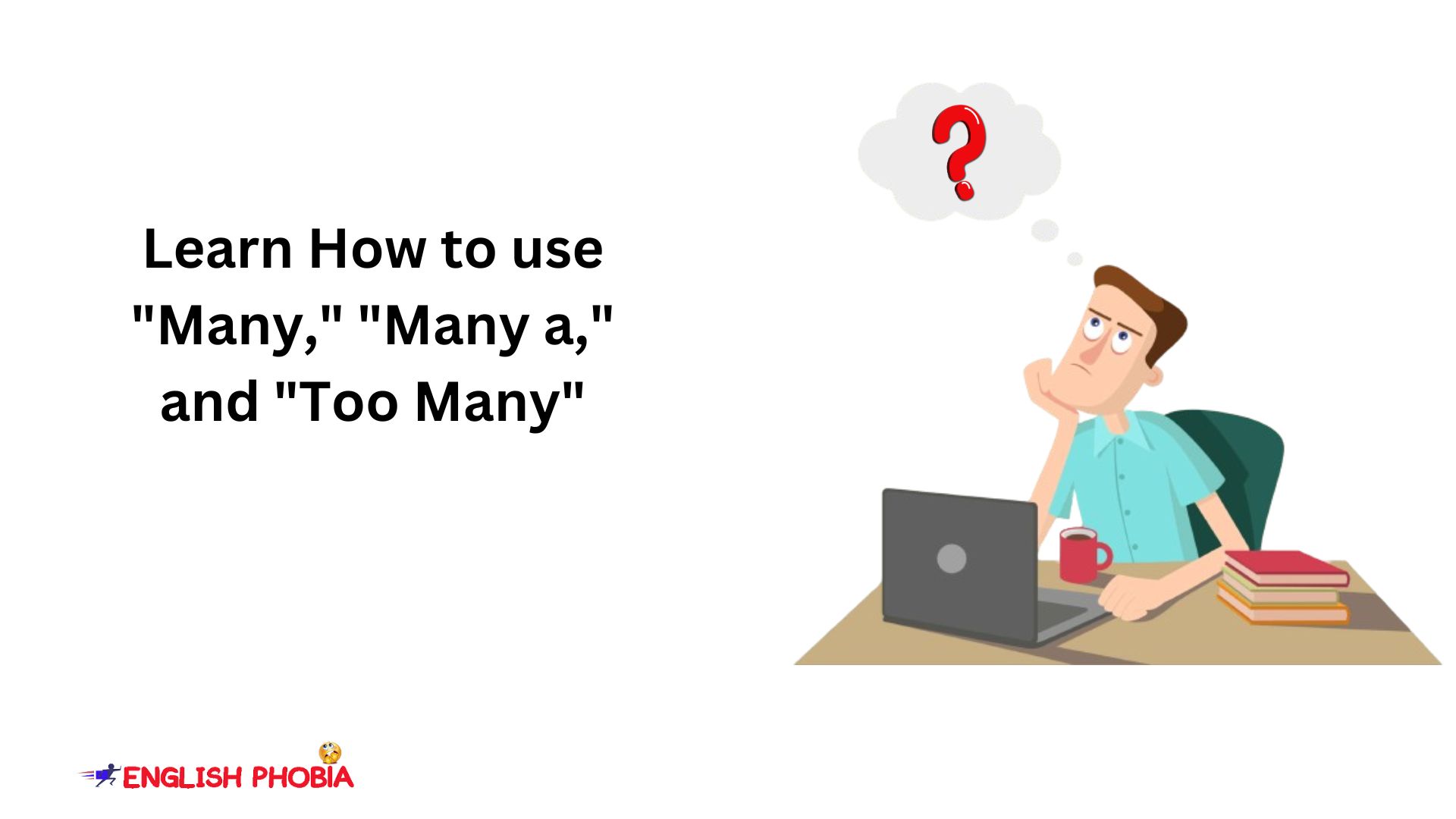Prepositions are an important part of English grammar. It makes relationships between nouns, pronouns, or phrases, and words in a sentence. They help convey location, direction, time, and more.
In this blog, we will learn the preposition of place definition and types. We will thoroughly explain the types of prepositions with examples.
What is the Preposition Definition?
A preposition is a word that indicates the connection between various parts of a sentence. It helps clarify the position of a noun or pronoun in relation to other elements.
The common prepositions include “in,” “on,” “under,” “between,” “behind,” “beside,” “above,” “beneath,” and “inside.”
Preposition of Place Examples
1) The cat is on the table. (The preposition “on” shows the position of the cat concerning the table.)
2) The book is under the bed. (The preposition “under” indicates the location of the book in relation to the bed.)
3) The keys are between the cushions. (The preposition “between” establishes the spatial relationship of the keys with the cushions.)
Types of Prepositions
There are various types of prepositions, including:
1) Prepositions of time (“at,” “in,” “on”)
2) Prepositions of place (“in,” “on,” “under,” “between,” “above”)
3) Prepositions of movement (“to,” “from,” “towards”)
4) Prepositions of agency (“by,” “with”)
Prepositions of Place
Prepositions of place are also known as the preposition of location or position of an object. It also shows a person concerning other elements. Let’s explore some common prepositions of place and their respective examples:
Prepositions of Place and Their Uses with Examples
1) In
Use: We use “In” to show that something is within the boundaries or confines of a specific place or area.
For example,
a) The book is in the bag. (The book is inside the bag.)
b) The cat is sleeping in the box. (The cat is inside the box.)
c) Roma lives in New York. (Roma lives city of New York.)
2) On
Use: We use “On” to indicate that something is in a position directly above a surface or touching it.
For example,
a) The cup is on the table. (The cup is touching the table’s surface.)
b) The picture is hanging on the wall. (The picture is to the wall’s surface.)
c) The book is on top of the shelf. (The book is above the shelf.)
3) Under
Use: “Under” denotes that something is beneath or below another object or surface.
For example,
a) The shoes are under the bed. (The shoes are beneath the bed.)
b) The cat is hiding under the table. (The cat is below the table.)
c) The keys are under the mat. (The keys are beneath the doormat.)
4) Between
Use: We use “Between” when something or someone is in the middle of two or more objects, places, or people.
Let’s look at between preposition examples.
For example,
a) The two trees stand between the house and the fence. (The trees are in the middle of the house and the fence.)
b) The book is placed between the notebooks. (The book is among the notebooks.)
c) The children are sitting between their parents. (The children are in the middle of their parents.)
5) Behind
Use: “Behind” indicates that something is at the back or rear of another object or person.
For example,
a) The car is parked behind the building. (The car is at the back of the building.)
b) The chair is behind the desk. (The chair is at the rear of the desk.)
c) The cat is hiding behind the curtains. (The cat is at the back of the curtains.)
6) Beside
Use: We use “Beside” to show that something is next to or by the side of another object or person.
For example,
a) The pen is beside the notebook. (The pen is next to the notebook.)
b) The park is beside the school. (The park is by the side of the school.)
c) She sat beside her friend in the movie theater. (She sat next to her friend.)
7) Above
Use: “Above” denotes that something is situated at a higher position in relation to another object or surface.
For example,
a) The bird is flying above the clouds. (The bird is higher than the clouds.)
b) The clock is hanging above the door. (The clock is higher than the door.)
c) The moon is shining above the horizon. (The moon is higher than the horizon.)
8) Beneath
Use: “Beneath” is used to indicate that something is below or under another object or surface.
For example,
a) The treasure is buried beneath the ground. (The treasure is below the ground’s surface.)
b) The keys were hidden beneath the pile of papers. (The keys were under the pile of papers.)
c) The cat found shelter beneath the porch. (The cat took refuge under the porch.)
9) Inside
Use: “Inside” indicates that something or someone is within the interior or enclosed space of an object or place.
For example,
a) The keys are inside the drawer. (The keys are within the drawer.)
b) The dog is resting inside the kennel. (The dog is within the kennel.)
c) The toys are kept inside the box. (The toys are within the box.)
10) Outside
Use: “Outside” is used to show that something or someone is on the exterior or outer surface of an object or place.
For example,
a) The children are playing outside the house. (The children are on the exterior of the house.)
b) The birds are chirping outside the window. (The birds are on the outer side of the window.)
c) He was waiting outside the restaurant. (He was on the exterior of the restaurant.)
Prepositions of place exercises
- The cat is ________ the sofa.
- The ball is ________ the box.
- The school is ________ the street.
- The cup is ________ the saucer.
- The butterfly flew ________ the flowers.
- The rabbit is hiding ________ the bush.
- The painting is hanging ________ the fireplace.
- The vase is placed ________ the shelf.
- The cat jumped ________ the table.
- The car is parked ________ the garage.
Conclusion
Prepositions are important in English grammar. These provide clarity and context to sentences. Prepositions of place undoubtedly play an important role in indicating location and position. By understanding and practicing their usage with the examples provided. You can master prepositions and also enhance your language proficiency. Keep practicing and applying them in your writing and speaking to become a confident communicator. Happy learning!











